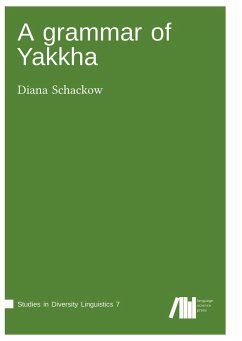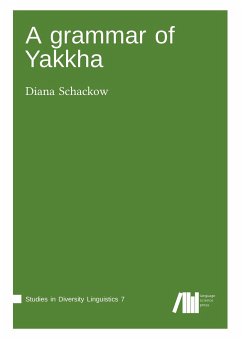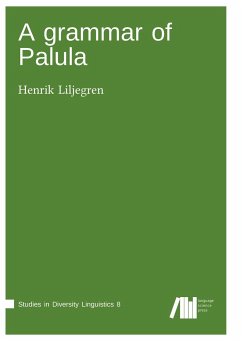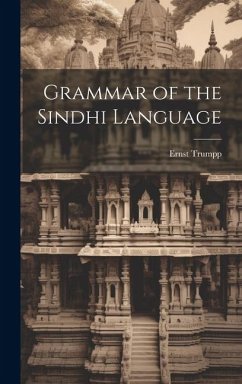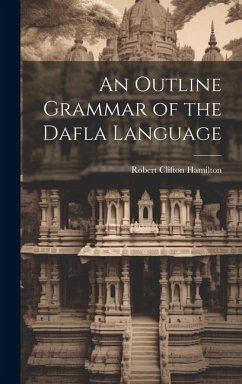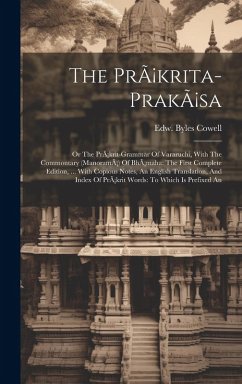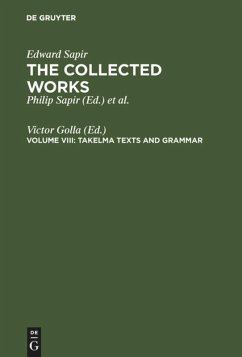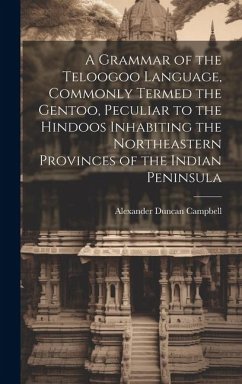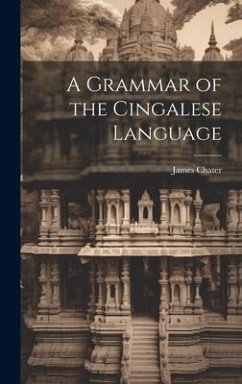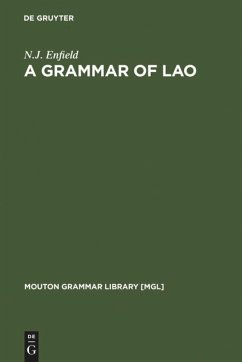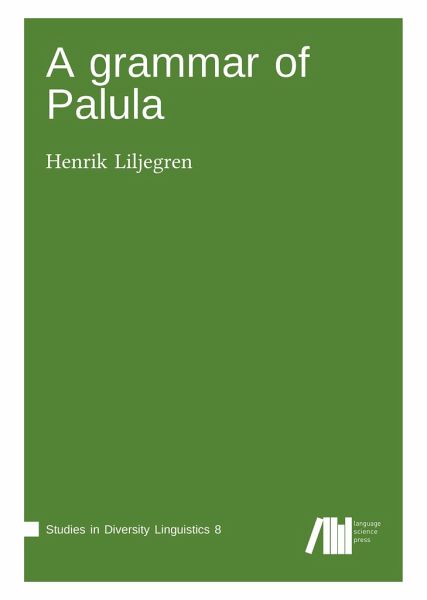
A grammar of Palula
Versandkostenfrei!
Versandfertig in 1-2 Wochen
30,99 €
inkl. MwSt.

PAYBACK Punkte
15 °P sammeln!
This grammar provides a grammatical description of Palula, an Indo-Aryan language of the Shina group. The language is spoken by about 10,000 people in the Chitral district in Pakistan¿s Khyber Pakhtunkhwa Province. This is the first extensive description of the formerly little-documented Palula language, and is one of only a few in-depth studies available for languages in the extremely multilingual Hindukush-Karakoram region. The grammar is based on original fieldwork data, collected over the course of about ten years, commencing in 1998. It is primarily in the form of recorded, mainly narrat...
This grammar provides a grammatical description of Palula, an Indo-Aryan language of the Shina group. The language is spoken by about 10,000 people in the Chitral district in Pakistan¿s Khyber Pakhtunkhwa Province. This is the first extensive description of the formerly little-documented Palula language, and is one of only a few in-depth studies available for languages in the extremely multilingual Hindukush-Karakoram region. The grammar is based on original fieldwork data, collected over the course of about ten years, commencing in 1998. It is primarily in the form of recorded, mainly narrative, texts, but supplemented by targeted elicitation as well as notes of observed language use. All fieldwork was conducted in close collaboration with the Palula-speaking community, and a number of native speakers took active part in the process of data gathering, annotation and data management. The main areas covered are phonology, morphology and syntax, illustrated with a large number of example items and utterances, but also a few selected lexical topics of some prominence have received a more detailed treatment as part of the morphosyntactic structure. Suggestions for further research that should be undertaken are given throughout the grammar. The approach is theory-informed rather than theory-driven, but an underlying functional-typological framework is assumed. Diachronic development is taken into account, particularly in the area of morphology, and comparisons with other languages and references to areal phenomena are included insofar as they are motivated and available. The description also provides a brief introduction to the speaker community and their immediate environment.





